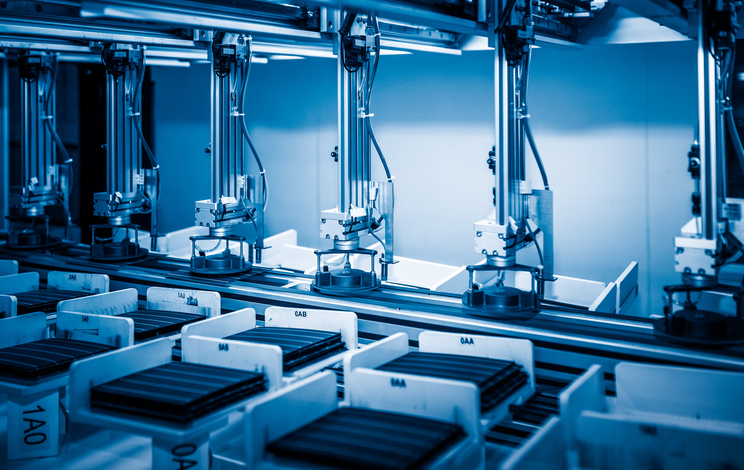President Trump recently announced tariffs on imported solar cells and modules, saying this tariff will reinvigorate the American solar industry. The plan is for the tariffs to be levied gradually over four years, and only after imports of cells exceeds a yearly threshold of 2.5 gigawatts. The first year of the tariff will be 30 percent, the second year 25, the third year 20 and the fourth year 15 percent. How this tariff will affect the U.S. solar industry is open to interpretation.
Supporting the Tariff
• More American production of solar cells
• DOE-sponsored investment in American solar technology and entrepreneurs
• Potential for foreign companies to relocate to avoid import tariff
On the side of the tariff supporters, the hope is these tariffs will spur growth of American-based solar cell manufacturing. Several existing American companies are already finalizing plans to expand their manufacturing capabilities as a result of the tariff. Additionally, the Department of Energy has announced the American Made Solar Prize, which is a $3 million prize to “re-energize innovation” in the U.S. solar manufacturing industry. The prize and the program behind it will allow solar entrepreneurs to leverage the DOE’s facilities and networks to test new technologies in hopes of taking solar tech to new heights. There are also reports that foreign solar cell companies may consider setting up facilities in the U.S. to avoid the steep import tariff.
Opposing the Tariff
• Immediate loss of installation/maintenance jobs
• Break-even point of U.S.-based investment is too many years off
• Most manufacturing facilities are already automated, making job growth minimal
Those opposed to the tariff estimate that upwards of 23,000 jobs in 2018 will be lost because of the decision. These jobs are heavily focused in the installation and maintenance fields of solar, where companies buy up already-finished panels and install them in residential and commercial spaces. These companies frequently buy from manufacturers who use imported cells, and will likely be unable to afford panels comprised of American-made cells. There is also an argument that the eventual break-even point of these tariffs is too far out. Investments in new technology and new facilities may bring jobs in a few years’ time, but it leaves people jobless in the immediate future. Skeptics say it can take around two years to get a manufacturing facility up and running, with most manufacturing tasks already automated by robots. With this tariff structure lasting only four years and most facilities being largely workerless, many wonder if American solar jobs will grow in a way the President imagines they can.
Whichever side you align with on the solar tariff, the change is sure to have a ripple effect on jobs, installation/maintenance companies and affordability of panel installation in commercial and residential spaces. What do you think will be the outcome of this solar cell tariff? Share with us in the comments below.
